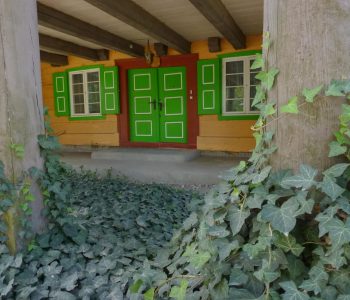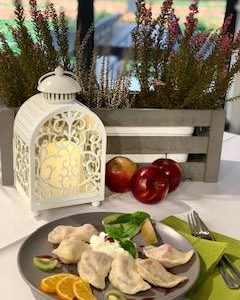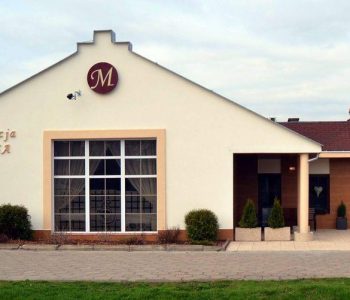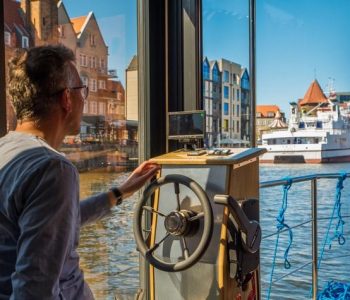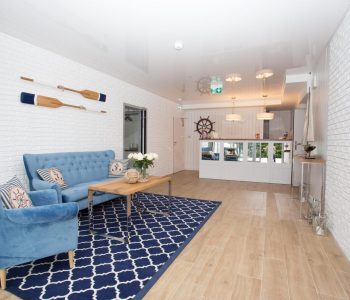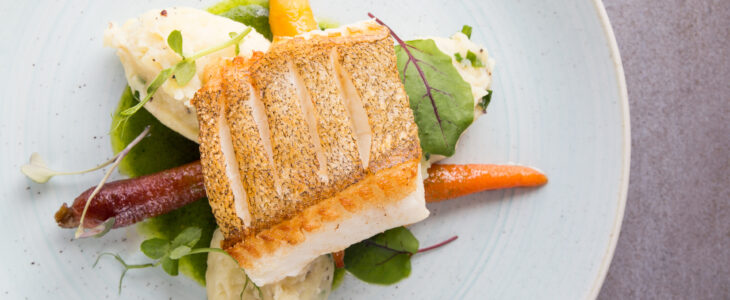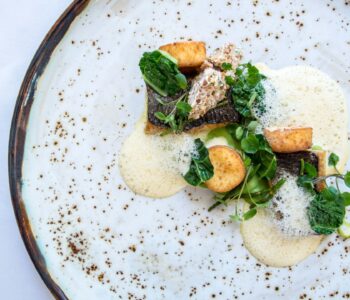The finished items were used in everyday life or constituted an additional source of income. They were sold on marketplaces or at fairs or were used as gifts. The items were so meticulously and precisely made that a plaited bucket did not let water through.
The most frequently-used materials were wicker and straw, but the roots of pine, spruce and juniper were also used. Obtaining the roots of trees was extremely difficult because it was necessary to find a root with the proper thickness, but most of all length, then to extract it and start plaiting right away, because a dried or wet root could not be used for plaiting. It would be breakable and changed in colour, which spoilt the visual appearance of the plaiting. There are various plaiting techniques; one of them is the spiral technique, in which Czesław Hinc from Kościerzyna is the master. His work can be admired in the museums in Gdańsk, Chojnice and Wdzydze Kiszewskie.
Apart from the plaited everyday-use items, decorative plaitings were also created, inter alia pencil and pen containers, chocolate boxes, cigarette boxes or, rarer, pipe stands.
Plaiting, apart from Kashubian embroidery, is at present one of the most popular domains of folk art in Kashubia. It is now experiencing a revival because it has become popular even in areas of Kashubia in which in the past people rarely engaged in plaiting. Special courses are organised during which everyone can learn how to plait items with the use of various techniques.



